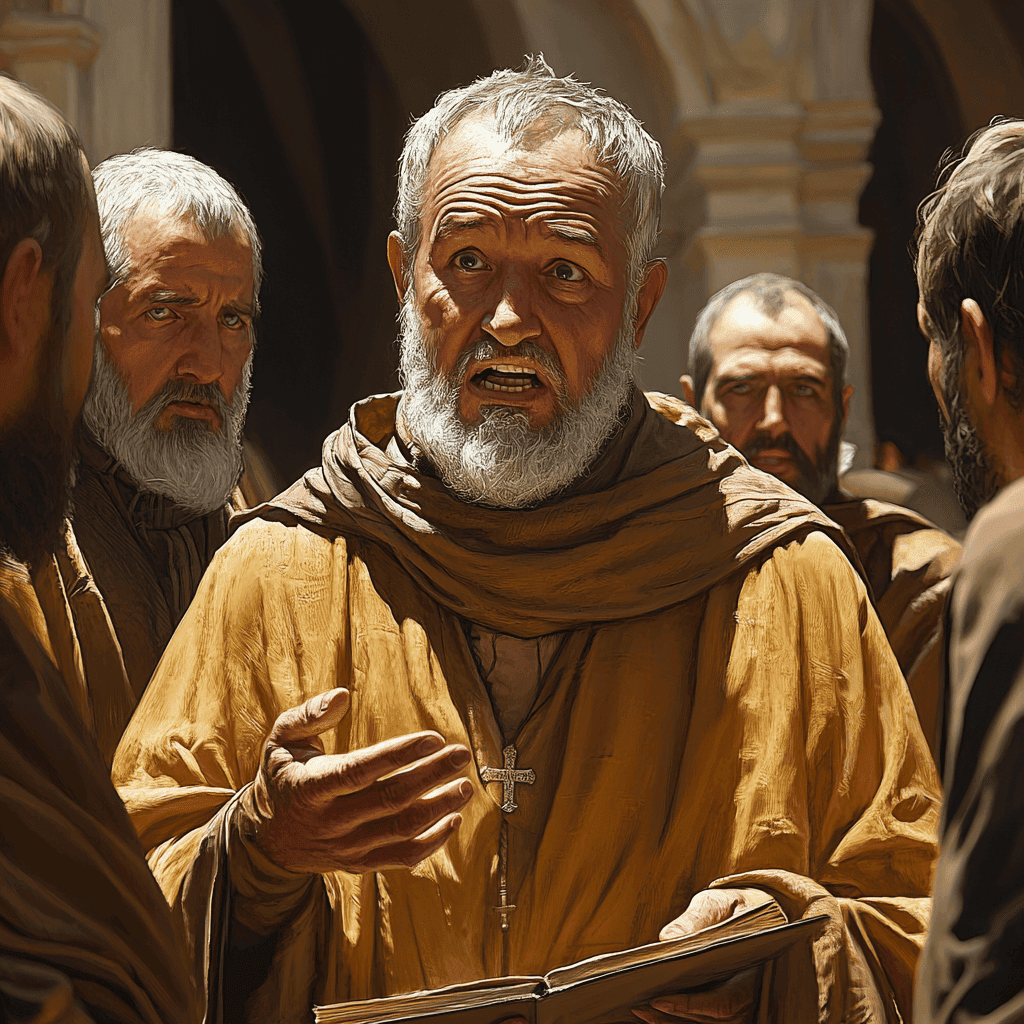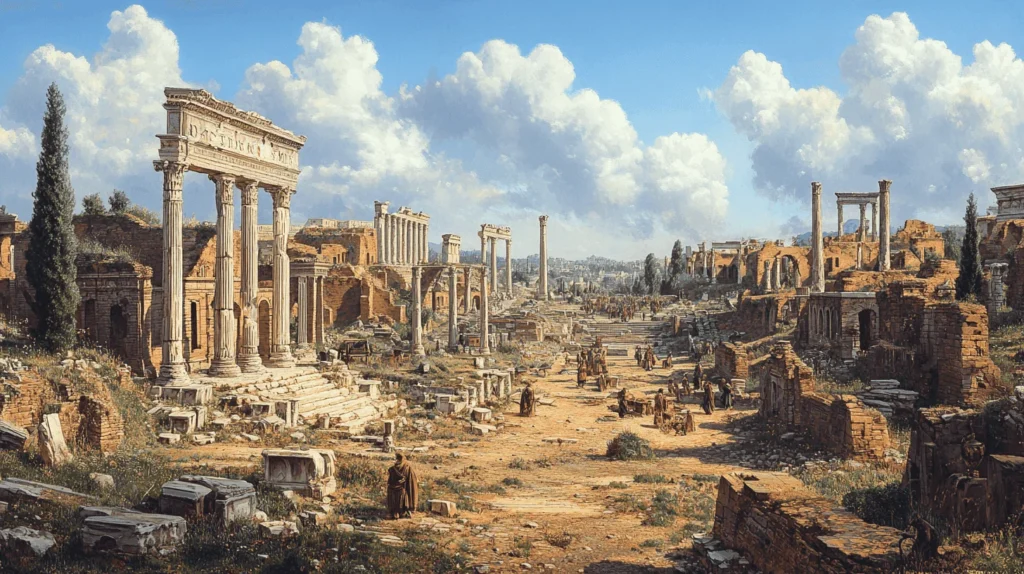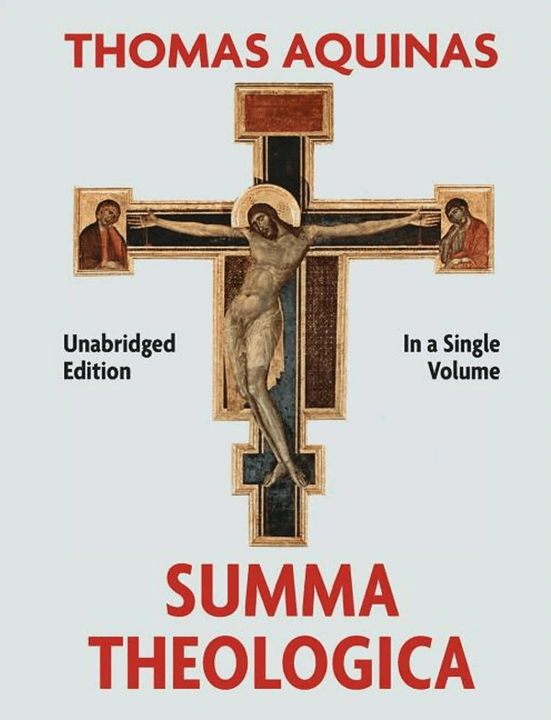
Scholasticism, a philosophical and theological movement that flourished in medieval Europe, reached its zenith with the contributions of influential thinkers like Peter Abelard and Thomas Aquinas. This intellectual tradition sought to reconcile faith and reason, applying rigorous logical analysis to theological questions and laying the groundwork for modern academic inquiry.
The Rise of Scholasticism
Scholasticism emerged as a response to the intellectual challenges faced by medieval Christian thinkers. As the Roman Empire fell and new “barbarian” peoples embraced Christianity, there was a pressing need to assimilate and understand the vast body of classical knowledge and theology. This process of learning and reconciliation became the cornerstone of Scholastic thought.

Key Principles of Scholasticism
Scholasticism was characterized by a number of fundamental tenets:
- The belief in knowable truths, both through human reason and divine revelation
- The conviction that faith and reason are distinct but not contradictory
- The understanding that reality and truth are ultimately unified
- The commitment to reconciling philosophical and theological knowledge
These principles guided Scholastic thinkers in their quest to create a comprehensive and coherent worldview that encompassed both faith and reason.
Peter Abelard: The Dialectician
Peter Abelard (1079-1142) was a pivotal figure in the development of Scholasticism, renowned for his dialectical approach to philosophical and theological questions.
Abelard’s most famous work, “Sic et Non” (Yes and No), exemplified his innovative approach to intellectual inquiry. In this text, he presented 158 theological questions, each accompanied by seemingly contradictory quotations from Church Fathers and Scripture. This method was designed to stimulate critical thinking, encouraging students to reconcile apparent contradictions, and above all to apply logical analysis to theological issues.
While Abelard did not provide resolutions to these contradictions in “Sic et Non,” he outlined rules for reconciliation in the prologue, emphasizing the importance of understanding the multiple meanings words can have in different contexts.
Contributions to Scholastic Thought
Abelard’s approach to theology and philosophy was groundbreaking in the use of reason in matters of faith and in doing so, he challenged traditional interpretations of Christian doctrine. This unsettled traditionalists who viewed unquestioning deference to Church Fathers as essential. Bernard of Clairvaux, a leading critic, denounced Abelard’s “arrogant” reliance on human logic over divine mystery, accusing him of transgressing “boundaries set by the Fathers”.

The Council of Sens (1141) became the focal point of his condemnation. Bernard orchestrated the proceedings, presenting 19 propositions from Abelard’s works as heretical, including his Trinitarian errors and perceived denial of original sin’s transmission. Abelard, expecting a debate, instead faced a tribunal and stormed out, appealing directly to Pope Innocent II. The Pope upheld the condemnation, exiling Abelard to Cluny Abbey under Peter the Venerable’s supervision, where he remained until his death in 1142.
Thomas Aquinas: The Angelic Doctor
Thomas Aquinas (c. 1225-1274) represents the pinnacle of Scholastic philosophy and theology. His work synthesized Aristotelian philosophy with Christian doctrine, creating a comprehensive system of thought that continues to influence Catholic theology and Western philosophy.
Reconciling Faith and Reason
Aquinas’s most significant contribution to Scholasticism was his systematic reconciliation of faith and reason. He argued that both faith and reason ultimately come from God and that reason can clarify and demystify faith. This perspective rejected the “theory of double truth” proposed by Averroes, which posited that philosophical and theological truths could contradict each other.
Natural Theology and the Five Ways
Aquinas was a proponent of natural theology, which seeks to understand God through reason and observation of the natural world. His famous “Five Ways” are logical arguments for the existence of God based on empirical observations, reflecting Aquinas’s belief that rational inquiry could lead to knowledge of God’s existence and nature.
Summa Theologica: A Masterwork of Scholasticism
Aquinas’s magnum opus, the “Summa Theologica,” is a comprehensive exposition of Christian theology using Scholastic methods. This work addresses a vast array of theological and philosophical questions, organized systematically to provide clear instruction.
The “Summa” is divided into three main parts:
- The nature of God and creation
- Human morality and law
- Christ and the sacraments
Throughout the work, Aquinas employs a distinctive question-and-answer format, presenting objections, counter arguments, and his own conclusions. This method exemplifies the Scholastic approach to intellectual inquiry.

The Church’s Reaction to Aquina’s Work
Thomas Aquinas’s theological and philosophical contributions faced mixed reactions during his lifetime but ultimately became foundational to Catholic doctrine, though not without ongoing tensions.
By the time of his death in 1274, Aquinas’s writings were still under scrutiny. His Summa Theologica was initially met with caution. Yet Aquinas’s emphasis on reason’s compatibility with faith and his systematic treatment of natural law gradually gained traction within the Church.
Within decades his works were championed by the Dominican Order and cited by Pope John XXII, who labeled him a saint in 1323. The Church increasingly relied on his framework to counter emerging theological challenges, particularly during the Protestant Reformation.
The Legacy of Scholasticism
The contributions of Abelard, Aquinas, and other Scholastic thinkers significantly advanced Christian theology. By seeking to reconcile faith and reason, these thinkers developed sophisticated philosophical and theological systems that continue to influence religious and secular thought today.
Indeed, the Scholastic movement played a crucial role in the establishment and development of universities. The methods and curricula developed by Scholastic thinkers shaped the structure of higher education for centuries.




